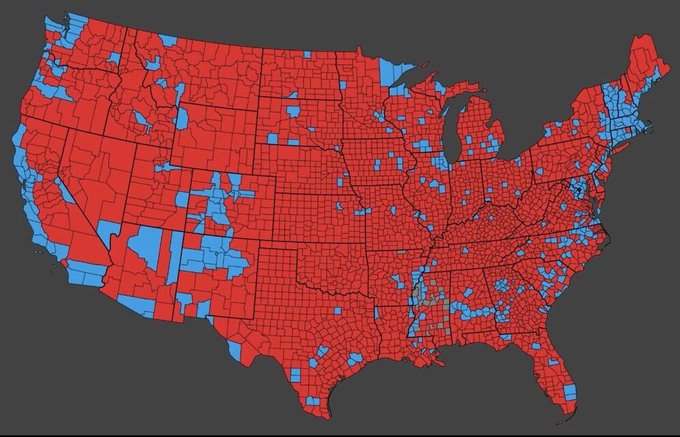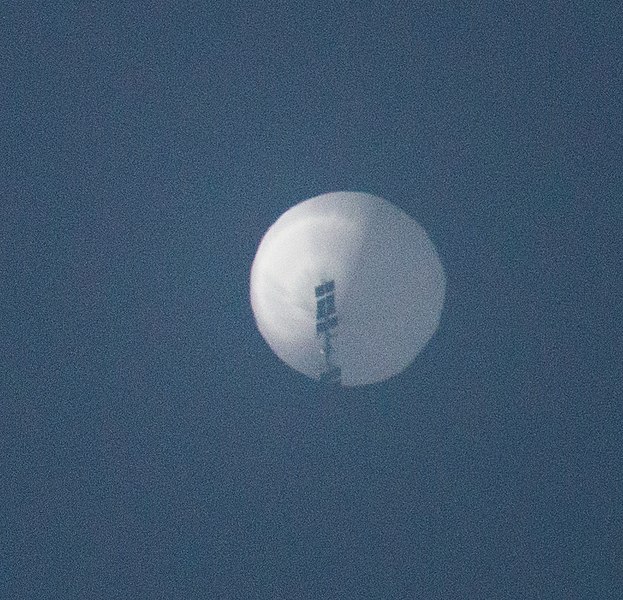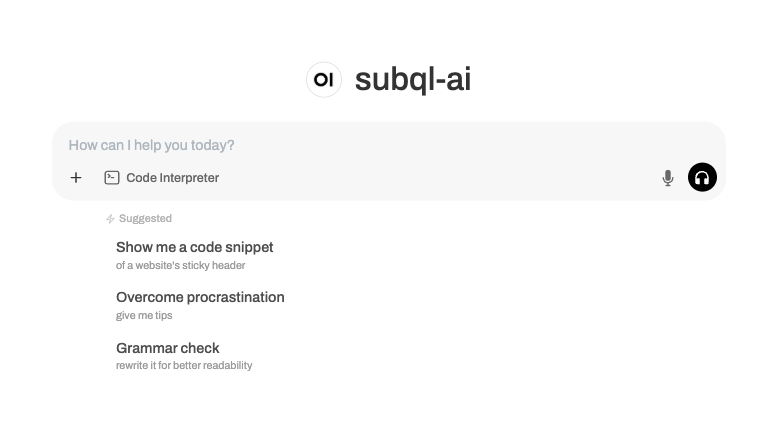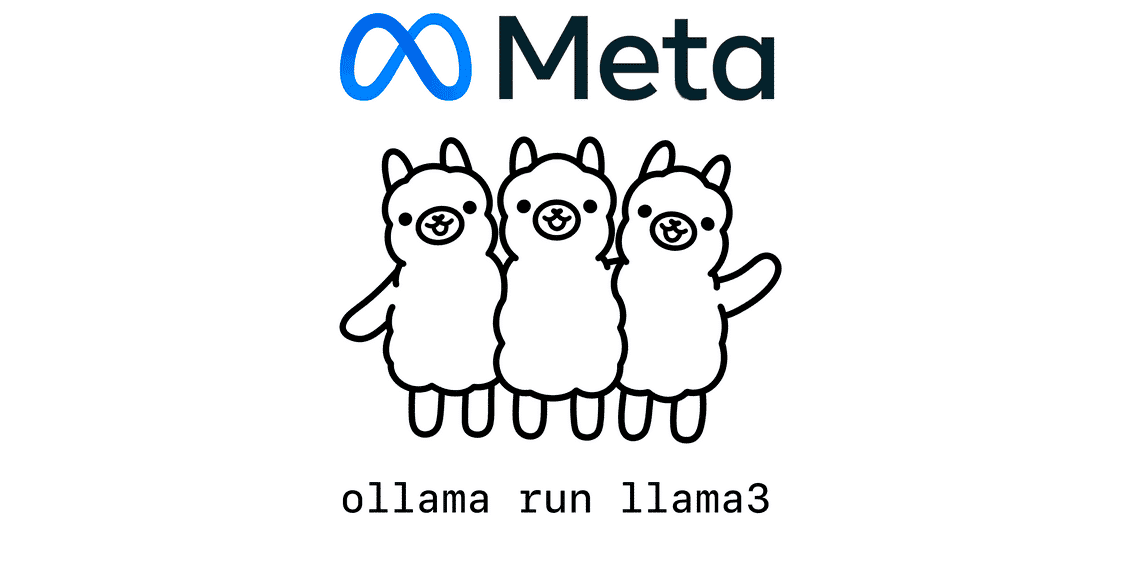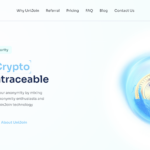Upside risks to inflation have decreased
The post Upside risks to inflation have decreased appeared on BitcoinEthereumNews.com. Federal Reserve Chairman Jerome Powell explains the decision to leave the policy rate, federal funds rate, unchanged at the range of 5.25%-5.5% and responds to questions in the post-meeting press conference. Key takeaways “Upside risks to inflation have decreased.” “Downside risks to employment mandate are real now.” “Policy rate is clearly restrictive.” “Time is coming when it will begin to be appropriate to dial back restriction.” “We’ll get a lot of data between now and September.” “We’ve seen some tendency to have a narrowing base of job creation some months, but not in others.” “We do look at private demand extra carefully.” US Dollar FAQs The US Dollar (USD) is the official currency of the United States of America, and the ‘de facto’ currency of a significant number of other countries where it is found in circulation alongside local notes. It is the most heavily traded currency in the world, accounting for over 88% of all global foreign exchange turnover, or an average of $6.6 trillion in transactions per day, according to data from 2022. Following the second world war, the USD took over from the British Pound as the world’s reserve currency. For most of its history, the US Dollar was backed by Gold, until the Bretton Woods Agreement in 1971 when the Gold Standard went away. The most important single factor impacting on the value of the US Dollar is monetary policy, which is shaped by the Federal Reserve (Fed). The Fed has two mandates: to achieve price stability (control inflation) and foster full employment. Its primary tool to achieve these two goals is by adjusting interest rates. When prices are rising too quickly and inflation is above the Fed’s 2% target, the Fed will raise rates, which helps the USD value. When inflation falls below 2% or…
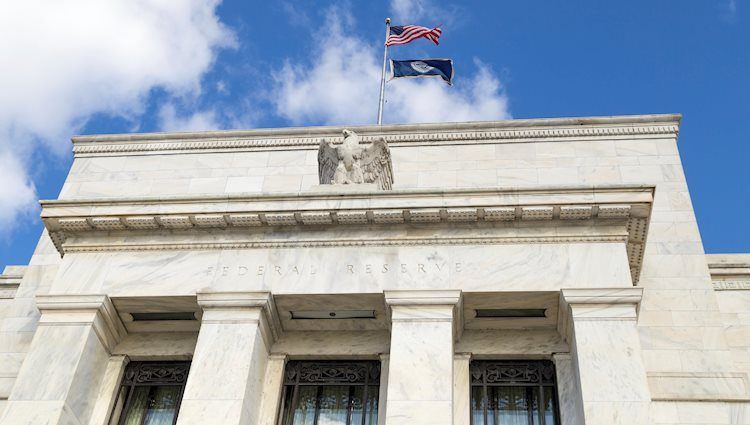
The post Upside risks to inflation have decreased appeared on BitcoinEthereumNews.com.
Federal Reserve Chairman Jerome Powell explains the decision to leave the policy rate, federal funds rate, unchanged at the range of 5.25%-5.5% and responds to questions in the post-meeting press conference. Key takeaways “Upside risks to inflation have decreased.” “Downside risks to employment mandate are real now.” “Policy rate is clearly restrictive.” “Time is coming when it will begin to be appropriate to dial back restriction.” “We’ll get a lot of data between now and September.” “We’ve seen some tendency to have a narrowing base of job creation some months, but not in others.” “We do look at private demand extra carefully.” US Dollar FAQs The US Dollar (USD) is the official currency of the United States of America, and the ‘de facto’ currency of a significant number of other countries where it is found in circulation alongside local notes. It is the most heavily traded currency in the world, accounting for over 88% of all global foreign exchange turnover, or an average of $6.6 trillion in transactions per day, according to data from 2022. Following the second world war, the USD took over from the British Pound as the world’s reserve currency. For most of its history, the US Dollar was backed by Gold, until the Bretton Woods Agreement in 1971 when the Gold Standard went away. The most important single factor impacting on the value of the US Dollar is monetary policy, which is shaped by the Federal Reserve (Fed). The Fed has two mandates: to achieve price stability (control inflation) and foster full employment. Its primary tool to achieve these two goals is by adjusting interest rates. When prices are rising too quickly and inflation is above the Fed’s 2% target, the Fed will raise rates, which helps the USD value. When inflation falls below 2% or…
What's Your Reaction?








































.png)




